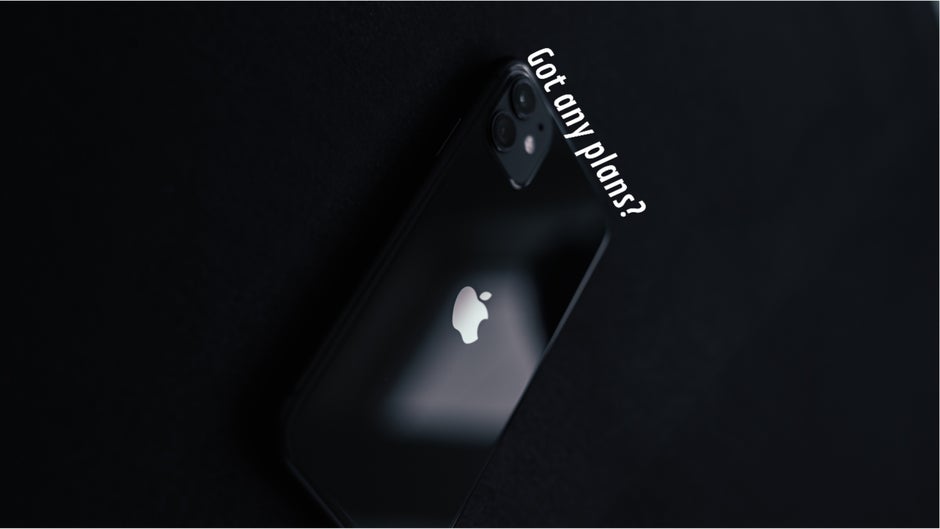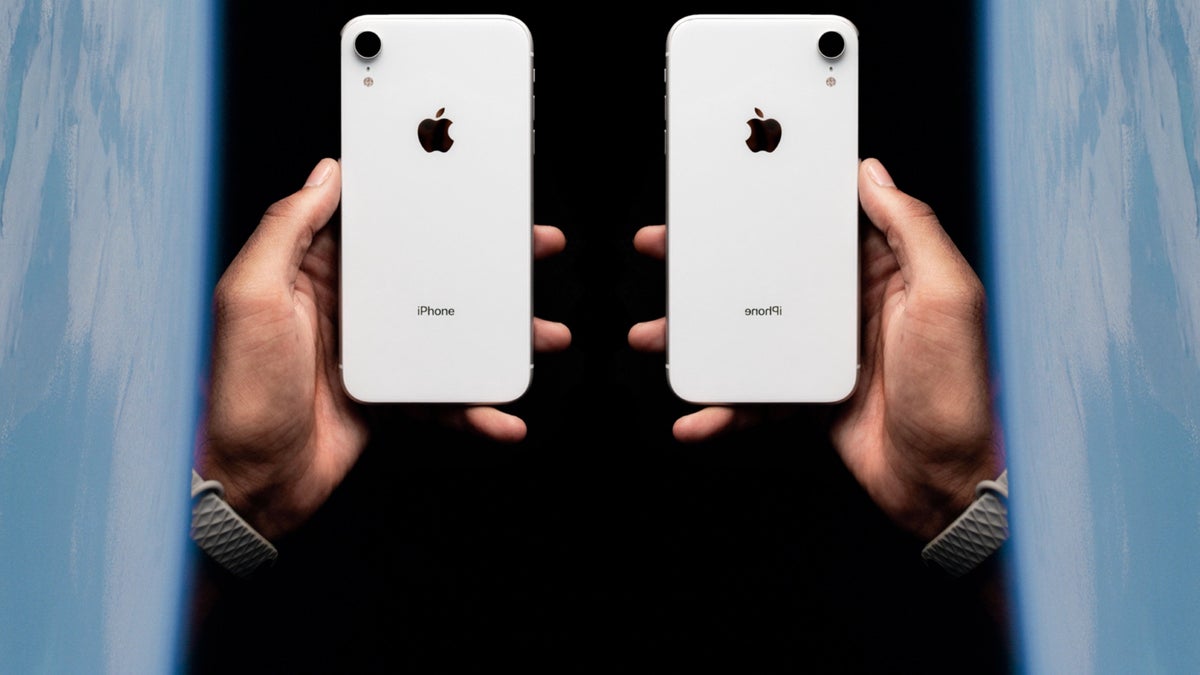Samsung Galaxy, welcome to Apple’s Universe: The “Android Flagship Killer” iPhones
Let’s go – how come does Apple have a flagship killer phone that no one acknowledges, and why are recent Android flagships failing to live up to the (sales) expectations?
Before we start…
This isn’t an Apple appreciation story. It’s a reality check, written by an Android user, and focused on sales and marketshare – not features! Also, it was a tricky piece to write, so bear with me…
Tricky for two reasons:
- Smartphone sales data is all over the place – there isn’t a single organisation or body that monitors smartphone sales, which we can simply rely on when it comes to numbers. Hence, we have to roam around the internet, trying to put together information from 3-4 different sources.
- I was often “shocked” by the data, so I had to “take a minute”… multiple times.
Best-selling smartphones 2018-2021 (global): Let’s play a game of “find the Android flagship”

Spoiler – it’s a three-year search.
Best-selling smartphones of Q1 2021 (Global):
- Apple iPhone 12
- Apple iPhone 12 Pro Max
- Apple iPhone 12 Pro
- Apple iPhone 11
- Xiaomi Redmi 9A
- Xiaomi Redmi 9
- Samsung Galaxy A12
- Xiaomi Redmi Note 9
- Samsung Galaxy A21S
- Samsung Galaxy A31
What’s wrong with that list? Seemingly, nothing. Four Apple smartphones, three Samsung ones, and three for Xiaomi. Wait… No Galaxy S21? Or Pixel 5? What about the OnePlus 9?
Best-selling smartphones of 2020 (Global):
- iPhone 11
- iPhone SE (2020)
- iPhone 12
- Galaxy A51
- Galaxy A21s
- Galaxy A10
- iPhone 12 Pro Max
- Galaxy A11
- Redmi Note 9 Pro
- iPhone 12 Mini
OK, not this year either. The Galaxy S20, OnePlus 8 series, and Pixel 5 fail to make the list. Xiaomi’s Mi 10 series are also out of the top 10. Let’s keep going…
Best-selling smartphones of 2019 (Global):
- Apple iPhone XR
- Apple iPhone 11
- Samsung Galaxy A10
- Samsung Galaxy A50
- Samsung Galaxy A20
- Apple iPhone 11 Pro Max
- Apple iPhone 8
- Xiaomi Redmi Note 7
- Apple iPhone 11 Pro
- Samsung Galaxy J2 Core
Nope! Not in 2019. Samsung’s A series of budget devices are going strong, but not as strong as Apple’s iPhones. The Galaxy S10, Xiaomi Mi 9, OnePlus 7, and Pixel 4 series don’t make the list. Let’s keep going…
Best-selling smartphones of 2018 (Global):
- Apple iPhone 8
- Apple iPhone X
- Apple iPhone 8 Plus
- Samsung Galaxy Grand Prime Plus (that name tho!)
- Apple iPhone XR
- Apple iPhone XS Max
- Samsung Galaxy S9
- Samsung Galaxy S9 Plus
- Huawei P20 Lite
- Apple iPhone XS
And hurray!
We had to go three years and three generations back, but we dug out Samsung’s Galaxy S9 & S9 Plus to save the day. Fine! Enough data and sarcastic narration.
Apple’s total domination in the flagship smartphone market: A coincidence or a clever plan?

Yes, I do! Lunch at 1; gym at 5; and killing Android flagships before dinner…
To start off, this hasn’t always been the case. Back in 2017, 2016, and 2015 Samsung managed to compete pretty well thanks to the S4, S6, S7, and S8 series. In fact even LG managed to get under the spotlight with the LG G2 and LG G3. But… just like LG – those days are gone.
Now, Apple’s always been known to be a “premium brand” that sells “premium devices”. Especially in the early days when iPhones were made of premium materials, and most Android devices used cheap plastic.
So, the idea of “this is a phone that’s worth your money” started from day one at Apple. Unfortunately, companies like Samsung, LG, Google, and especially OnePlus didn’t pray to the same God. Their religion, as mentioned, was more plastic-y, more budget-y, and more “flagship killer-y”. Nothing wrong with that until… something wrong with that.
Take OnePlus – they built an image of a “flagship killer” with a phone that didn’t necessarily look like it’s worth a lot, but offered great value. What’s the matter with that you ask? Well, they’ve since abandoned this strategy only to become just like any other mainstream brand out there. Can you blame OnePlus? No – everyone wants to compete at the top. In fact, their early fans will definitely blame them, now that I think about it.
But… the point is – you need consistency. Customers don’t like it when a brand doesn’t know where it’s going. It was too late for OnePlus to revamp its image and turn into Samsung to compete with Apple.
There are a ton of other factors such as software support, Apple’s customer service, etc., which probably swings things into Apple’s favour too, but it’s the overall idea, concept, or perception that people have started to associate with “Apple” that simply makes it so much easier to pay $700-1100 for an iPhone than to pay the same amount of money for an Android flagship.
Even some exclusive and forward-thinking features that Android phones possess don’t seem to be enough to turn it around. For example, if you weren’t locked into any ecosystem and budget wasn’t an issue, the Galaxy S21 Ultra walks all over the iPhone 12 Pro Max when it comes to extra features.
It has a more versatile camera, an UTS fingerprint reader, reverse-wireless-charging, and the list goes on. But it’s an “Android” phone, and apparently the market shows that Android has been continuously associated with mid-range and budget devices for about three years now.
iPhone XR, iPhone 11 & iPhone SE: The real “Flagship Killers”

It won’t be a surprise if he iPhone 11 kills three generations of Android flagships…
Step aside OnePlus…
These three phones alone have flipped the market on its head in just about two years. Apple’s move to make a $750 “affordable” iPhone that looks like the super-premium iPhone XS, adopting Apple’s brand new design language was simply… genius.
The iPhone XR’s resemblance with its more expensive brother, and the attractive colors shoot it into the stratosphere. As you can see by the data shown in the beginning, Apple had a hit. A big one.
But what sent the iPhone XR and then iPhone 11 through the roof was the iPhone 11 Pro and then the iPhone 12. That’s right – because of the launch of the new iPhones, the older ones saw annual price cuts of $100-250, making them… a no-brainer for those who wanted a premium iPhone at an Android flagship-killer price.
Why would you go out and buy a OnePlus 6, which is “trying to kill the flagships” when you can buy an actual flagship iPhone. See – words matter.
In the end…

It’s a long way to go, but Android’s done it before!
The story is expected to repeat itself with the release of the iPhone 13. The iPhone 12 flagships will go down in price, and the demand for them is likely going to go up. Meanwhile, is Android up for the challenge?
Samsung’s upcoming flagship/premium phones:
Certainly, Samsung’s got the best shot. While the cheaper than before, but still pricey Z Fold series aren’t expected to sell more than any iPhone, the Galaxy S21 FE has a shot, thanks to the great legacy of its predecessor – the S20 FE. Of course, there’s no Galaxy Note 21 this year.
Google’s upcoming flagship/premium phones:
Google is an interesting one. The Pixel 5 was pretty much a mid-ranger, but the Pixel 6 series promise flagship-level hardware, cameras, and software, including five years of Android updates! If the Pixel delivers, technically it’ll be as close to an iPhone as it’s ever been.
Pixels have one big problem though – they don’t boast a loyal fan base like Apple or Samsung. Therefore, even if they deliver in terms of quality, the sales are likely to stay low.
As always, we root for competition and we hope we are wrong.
OnePlus’ upcoming flagship/premium phones:
Pretty self-explanatory. OnePlus is a mainstream brand that does what everyone else does now. Are they going to surprise us with a sudden price cut and revert back to their “flagship killer” roots? Unlikely.
In fact, it’s not necessary. The brand seems pretty comfortable where it is.
Xiaomi’s upcoming flagship/premium phones:
On the other hand, Xiaomi is the new Huawei. They are throwing in tons of new innovative features into their flagships; they compete with Samsung at the “foldable level”; and they aren’t afraid to be bold, whether it’s the Mi 11 Ultra’s rear display, or the aggressive price of the Mi Mix Fold.
It’s expected that the Mi Mix 4 will feature an under-display selfie camera to give you an all-screen device, while the Mi 12 series will try to top everyone when it comes to things like charging and camera – just like Huawei.
Of course, like every other company, Xiaomi also has some challenges, which we’ve explored in this piece. In a nutshell, the image of a mid-range/budget company doesn’t help flagship phone sales; and the limited availability is a real issue that literally means some people can’t buy a Xiaomi flagship even if they want to. Ask British Xiaomi fans. They don’t get any Mi 11 Pro or Ultra love as of right now.
For all the latest Technology News Click Here
For the latest news and updates, follow us on Google News.

